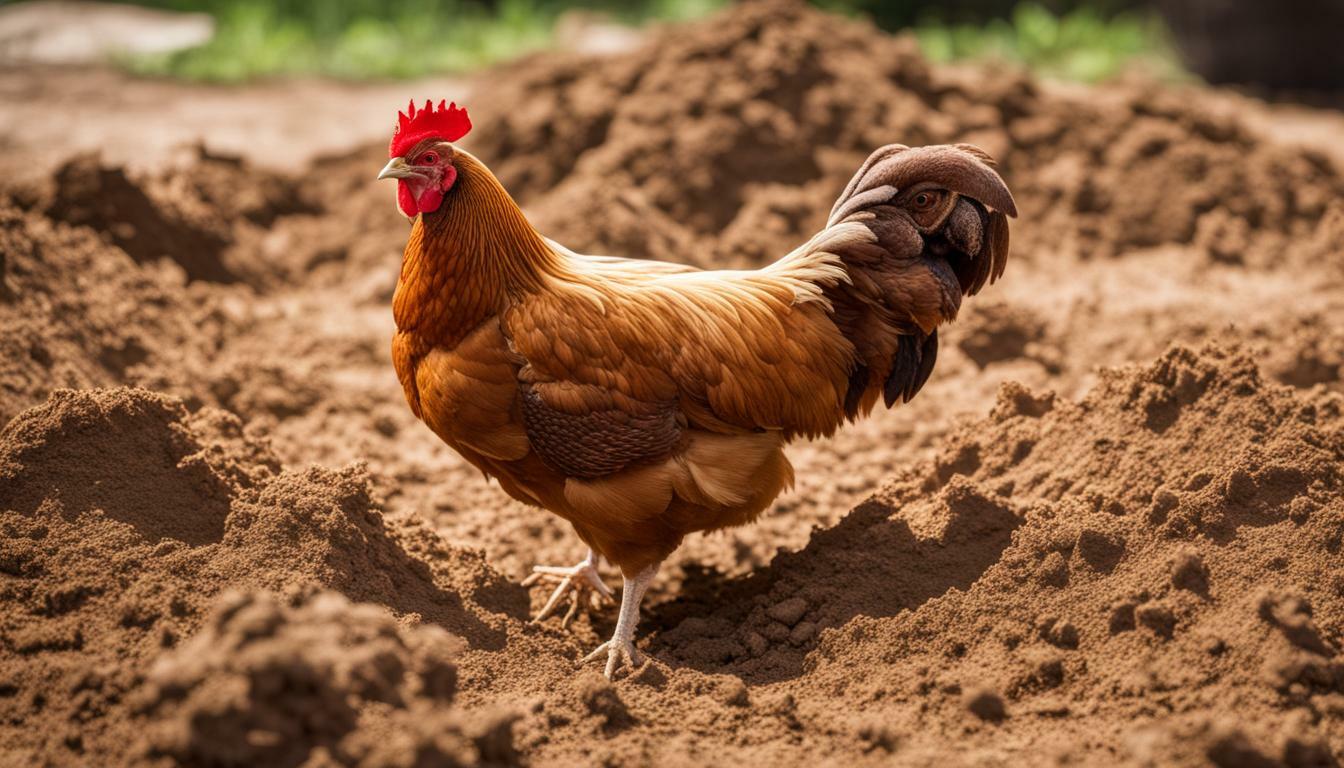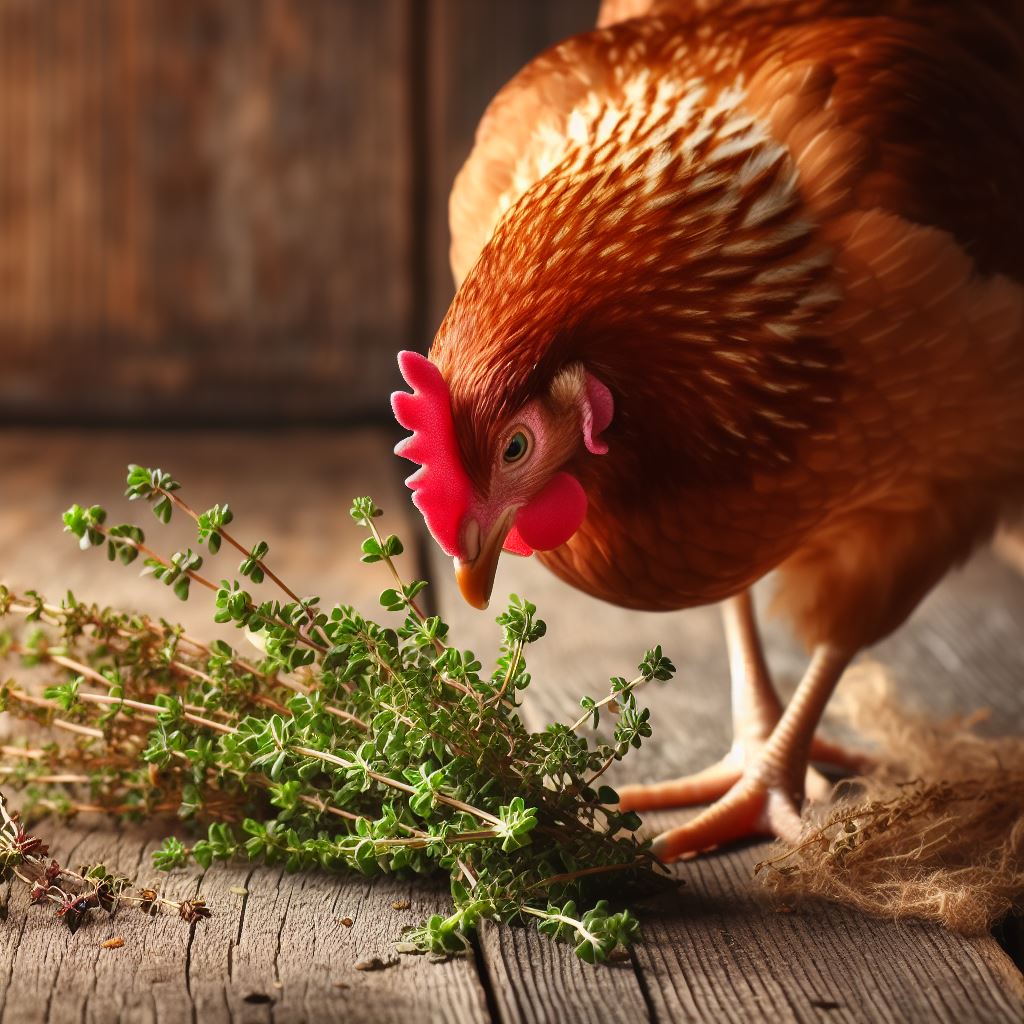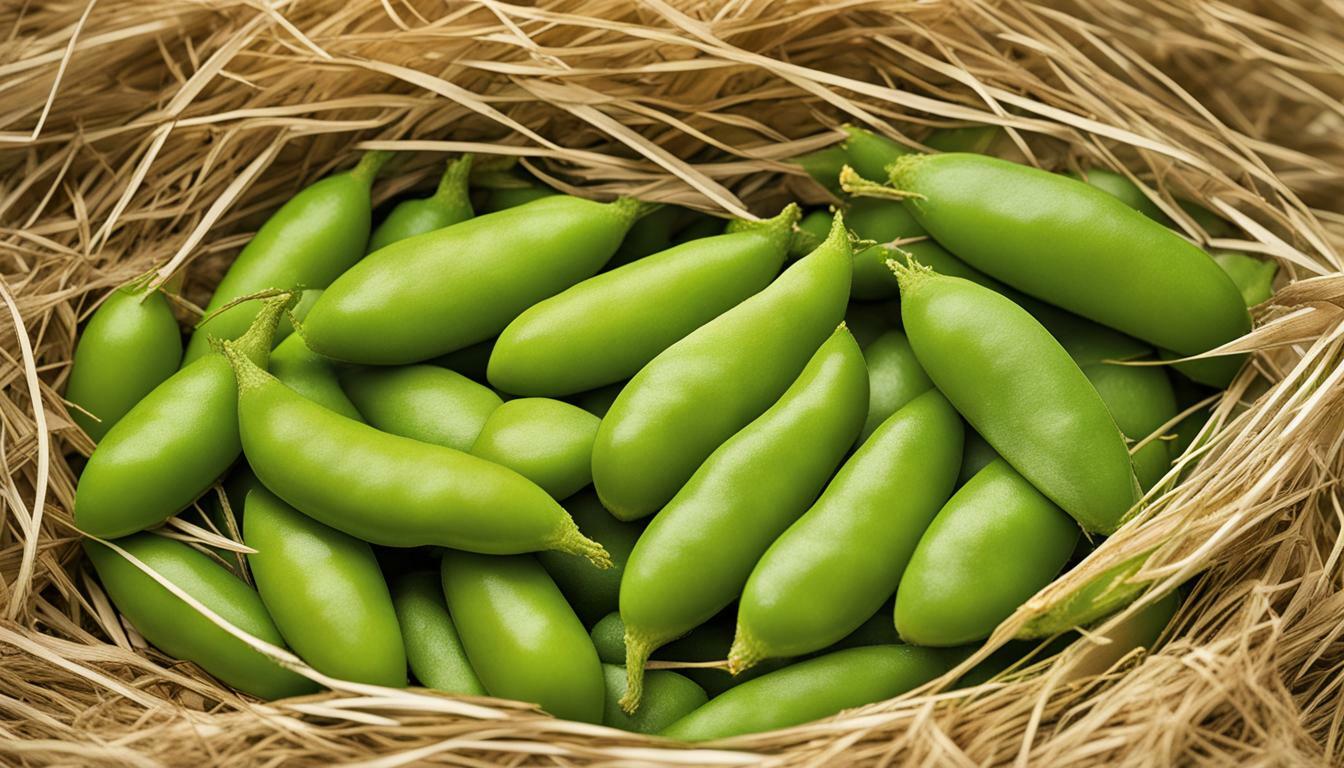Why Do Chickens Bury Themselves in Dirt? Chicken Dust Baths

Table of content:
- What is Dust Bathing?
- Why Do Chickens Dust Bathe?
- When and How Often Do Chickens Dust Bathe?
- Where Do Chickens Take Dust Baths?
- What Materials Do Chickens Use?
- Health Benefits of Dust Bathing
- Problems That Can Occur
- Chicken Dust Bathing Behavior
- Providing Proper Dust Bathing Spaces
- FAQs About Chicken Dust Baths
- Final Thoughts
Chickens taking dust baths is a common sight on farms and homesteads. But have you ever wondered why chickens feel the urge to bury themselves in dirt and sand? Dust bathing serves an important purpose for chickens – it helps them groom, clean, and protect their feathers and skin. In this article, we’ll explore the interesting reasons behind this chicken behavior.
What is Dust Bathing?
A dust bath refers to when chickens deliberately cover themselves in dust, dry soil, or sand. They will find a loose, dry substrate and lay in it, using their wings to scatter material over their bodies. Chickens may create body-shaped depressions in the dirt as they wriggle around.
Some key signs that a chicken is taking a dust bath include:
- Laying in dirt or sand substrate
- Flicking wings back to spread substrate on their feathers
- Ruffling feathers to work material down to the skin
- Closing eyes and shaking head during bath
- Leaving body-shaped imprints behind
This behavior may last for 10-15 minutes or longer before the chicken stands up and shakes off the excess dust. Chickens take frequent dust baths to maintain clean, healthy plumage.
Why Do Chickens Dust Bathe?
Chickens take dust baths for two main reasons: hygiene and parasite control.
Hygiene and Grooming
Dust bathing helps chickens preen and groom their feathers. As chickens wiggle in the dirt, it absorb grease and dead skin cells from their plumage. This helps feathers stay fluffy and clean.
Chickens have a preen gland near their tail that secretes oily moisture. They spread this oil as they preen to make feathers waterproof and flexible. Dust baths remove excess preen oil that can make feathers look dirty or matted.
By grooming with a dust bath, chickens can keep their feathers in top condition. This maintains insulation and allows for proper wing function.
Parasite and Pest Control
Dust baths help chickens control parasites and pests. The dust smothers and removes external parasites like mites, lice, and fleas that live on chickens’ skin and feathers. This provides relief from the itchiness parasites cause.
The dust also absorbs moisture from the chicken’s skin. Most external chicken parasites thrive in moist areas. Drying out their habitat through frequent dust bathing inhibits parasites from multiplying.
Over time, taking regular dust baths can eliminate pest infestations. The pest-control benefits explain why even clean chickens will take dust baths.
When and How Often Do Chickens Dust Bathe?
Chickens can take dust baths year-round, but are most likely to bathe in warm sunny weather. Here are some key times chickens dust bathe:
- Morning: Chickens often start their day with a thorough dust bath.
- Afternoons: The warmest part of the day prompts more dust bathing.
- Post-rain: Wet feathers from rain motivate chickens to fluff and dry them.
On average, chickens take 2-3 dust baths per week. More frequent bathing may occur during times of heavy molting, while broody hens take dust baths less often. Providing ample dust bathing areas allows chickens to bathe as their instincts desire.
Where Do Chickens Take Dust Baths?
Chickens aren’t picky about where they decide to dust bathe! Some common locations include:
- Coops or runs: Chickens will create small dust bathing holes in dirt floors.
- Gardens or yards: Chickens dust bathe in loose soil under trees or shrubs.
- Roads or driveways: Hard-packed gravel is perfect for rolling in.
- Flowerbeds: Rich garden soil attracts chickens looking for a dust bath spot.
Ideally, chickens should have a dedicated dust bathing station. This contains materials that won’t compact and limits destruction to landscapes.
What Materials Do Chickens Use?
Chickens take dust baths in any dry, powdery substrate they can scatter over themselves. Some examples include:
- Dirt or sand
- Wood ash: Absorbs oils well.
- Diatomaceous earth: An abrasive powder that also controls pests.
- Peat moss or coconut coir
- Straw, hay, or shredded paper
The substrate should be several inches deep so chickens can really wallow in it. Avoid using materials like sawdust or compost that may cling to feathers.
Health Benefits of Dust Bathing
Regular dust bathing provides several health benefits for chickens:
- Removes parasites: Destroys external parasites that harm chickens.
- Minimizes pests: Discourages pests like mites that suck blood from skin.
- Prevents infections: Clean feathers prevent fungal/bacterial infections.
- Distributes preen oil: Spreads oil for waterproofing and flexibility.
- Stimulates skin: Improves circulation and skin health under feathers.
- Reduces stress: Relaxes chickens and allows natural behaviors.
Given all these advantages, it’s clear why chickens are so eager to take frequent dust baths!
Problems That Can Occur
While dust bathing is normal chicken behavior, there are a few problems owners should watch for:
- Over-preening: Excessive preening after a dust bath may indicate mites or boredom.
- Respiratory issues: If chickens inhale a lot of dust, respiratory illness could develop.
- Feather loss: Over-preening or feather pecking sometimes follows communal dust baths.
- Garden destruction: Chickens will dust bathe in any loose substrate, disturbing gardens.
Providing the proper materials in a designated dust bath area helps prevent most issues. Collecting eggs promptly also prevents chickens dirtying them during a bath.
Chicken Dust Bathing Behavior
Now that we’ve covered why chickens take dust baths, let’s look closer at what chickens do during a typical dust bath:
- Finds substrate: Searches for a spot with suitable dusty material.
- Crouches or lays down: Settles into the loose substrate.
- Wriggles: Rotates body and ruffles feathers to work material next to skin.
- Flicks wings: Drapes wings backward to scatter substrate across back.
- Rubs head: Rubs head in dust to coat face and neck feathers.
- Shakes out: Stands up and shakes body to remove excess dust.
- Preening: Uses beak to distribute preen oils over cleaned feathers.
Watching chickens blissfully take a long dust bath shows this natural behavior in action!
Providing Proper Dust Bathing Spaces
Since dust bathing is essential for chicken health, it’s important to provide a proper space for them. Follow these tips:
- Fine, loose substrate: Pick sand, wood ash, or special dust bath blends.
- Depth of 3-6 inches: Give chickens material to really immerse themselves in.
- Shelter from rain: Keep bath dry by placing it under cover.
- Good drainage: Prevent bath from becoming a mud pit.
- Ample space: Allow at least 2-3 sq. feet per chicken.
- Easy access: Make sure chickens of all ages and abilities can use.
- Separate from food: Keep baths away from feed to prevent contamination.
Giving chickens an ideal place to dust bathe lets them carry out this important behavior. Observing this amusing chicken ritual continues to fascinate poultry enthusiasts!
FAQs About Chicken Dust Baths
1. Do baby chicks take dust baths?
Chicks don’t start taking full dust baths until around 4-6 weeks old. At first they may simply scratch and peck at substrate. Providing a shallow “practice” dust bath allows chicks to learn the behavior.
2. Why do mother hens stop dust bathing?
Broody mother hens often stop or reduce dust bathing. Sitting constantly to incubate eggs makes it hard to bathe. The hormonal changes of broodiness also seem to suppress the urge to dust bathe.
3. Can chickens suffocate in dust baths?
It’s highly unlikely for chickens to suffocate in dust baths, as long as their head and neck remain unburied. Chickens deliberately keep their face free of dust while bathing. Providing the proper loose substrate prevents suffocation risk.
4. Do roosters take dust baths?
Yes, roosters take regular dust baths just like hens. Dust bathing is an important grooming and cleaning behavior for all chickens, regardless of gender. Roosters may take quicker, more frequent dust baths as they patrol their flock.
5. Can I use a plastic kiddie pool for dust baths?
You can use a small plastic pool as a dust bathtub. Fill with an absorbent substrate like sand or wood shavings for chickens to bathe in. The solid sides prevent the materials from spilling out. Just be sure to clean out old substrate regularly.
Final Thoughts
Clearly, dust bathing serves many vital functions for chickens beyond just funny behavior. The innate drive to bathe in dust allows chickens to stay clean and healthy. Providing a proper dust bath setup ensures your flock can carry out this important natural maintenance. Watching chickens blissfully rolling around in the dirt reminds us that sometimes a little dust and dirt do a body good!
Welcome. I’m Adreena Shanum, the proud owner of this website, and I am incredibly passionate about animals, especially poultry. I founded adreenapets.com as a labor of love, stemming from my desire to share my knowledge and experiences with poultry enthusiasts worldwide.




